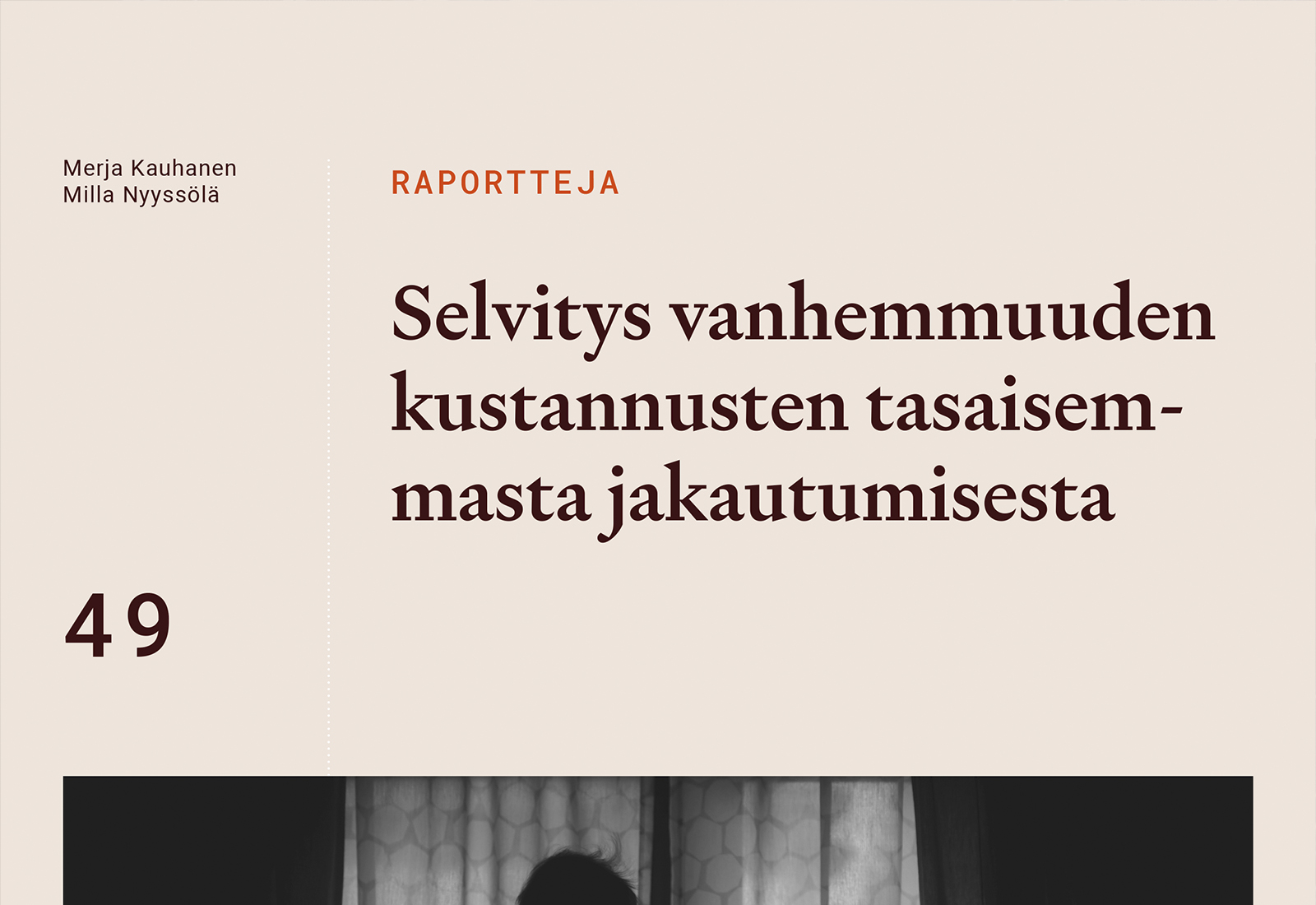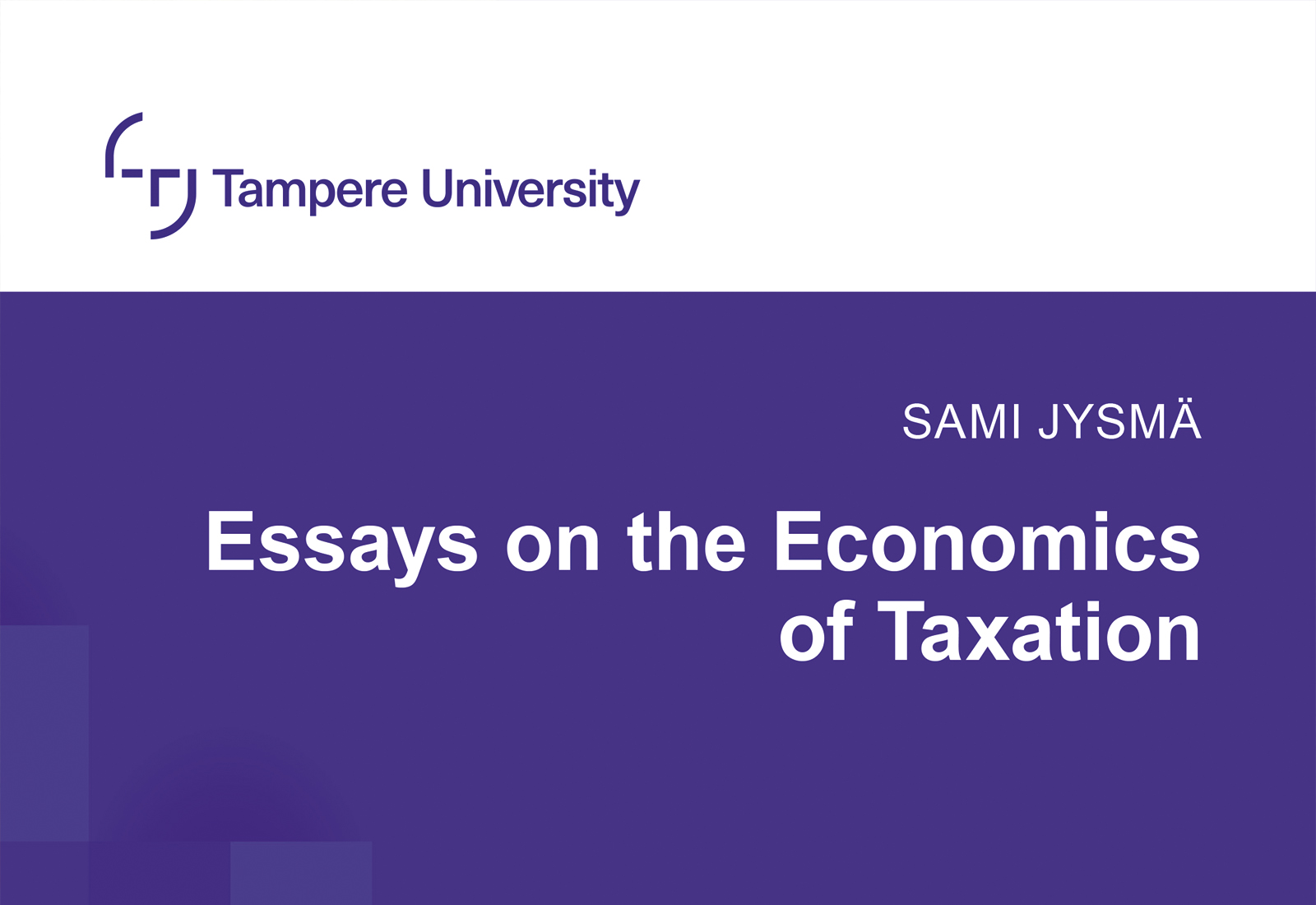Temporary work, participation in personnel training and staying at work
Abstract
This article looks at the direct and interaction effects of temporary work and personnel training on later working life. The reference frame is a model of work demands and resources. The research data consists of the Finnish Quality of Work Life Surveys in 1990, 1997 and 2003, as well as the related data on the register follow-ups for eight years (n=9,792).
According to the results, the fixed-term work contract and personnel training predict, both together and separately, the number of working months. First of all, the temporary nature reduces and the personnel training increases the number of working months. Second, temporary workers without personnel training have fewer working months than do the other groups in the follow-up period. This indicates a compiling of risks. This, in turn, supports the cumulative burden hypothesis based on a disproportion between demands and resources. Third, personnel training extends working lives among the temporary workers in particular. This result supports the buffering hypothesis: Participating in training (resource) buffers the negative effects of temporary work on later working life. The overall results thus emphasize the employability perspective of personnel training.
Publication Information
Nätti, J., Kauhanen, M. & Ojala, S. (2016), Määräaikainen työ, henkilöstökoulutukseen osallistuminen ja työssä pysyminen. Teoksessa Noora Järnefelt (toim.) (2016): Työolot ja työurat: tutkimuksia työurien vakaudesta ja eläkkeelle siirtymisestä, Finnish Centre for Pensions, Studies 08/2016, 53–76.
- ISSN: 1798-7482 (Online), 1236-3049 (Print)
- ISBN: 978-951-691-257-1 (Online), 978-951-691-256-4 (s-b)

- Merja Kauhanen
- Chief Researcher
- Tel. +358-40 940 1946
- merja.kauhanen@labore.fi
- Profile


